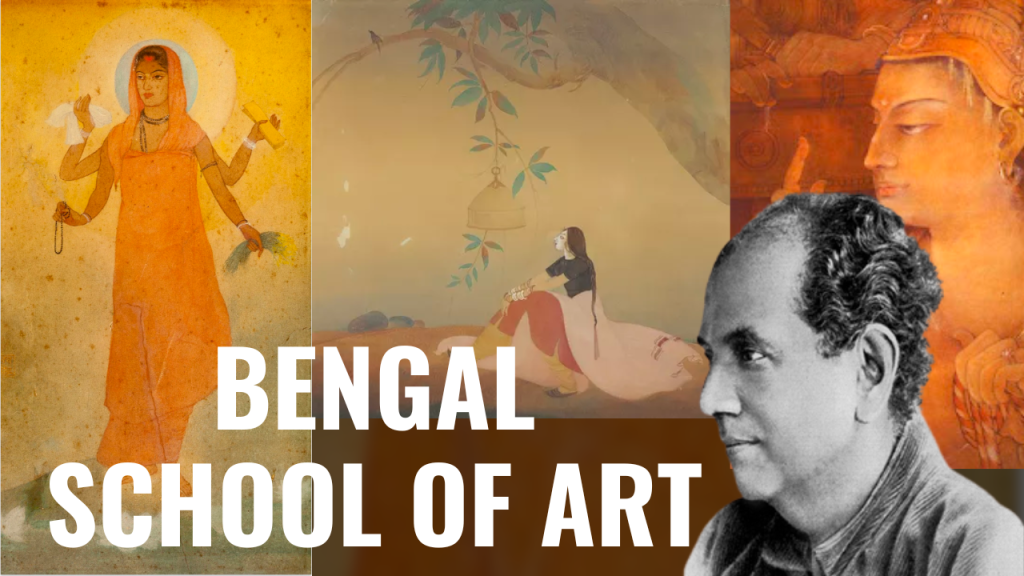The Bengal School of Art, also known as the Bengal School of Bengal Renaissance, was an influential art movement that emerged in the early 20th century in Bengal, a region in eastern India that includes present-day West Bengal and Bangladesh. This artistic movement played a significant role in revitalising Indian art and promoting a nationalistic and indigenous identity during the period of British colonial rule.
The Bengal School was founded by Abanindranath Tagore (nephew of the famous poet Rabindranath Tagore) along with other artists such as Gaganendranath Tagore, Nandalal Bose, and Asit Kumar Haldar. The movement sought to break away from the prevailing academic art styles and Western influence, which dominated Indian art at the time. Instead, the artists of the Bengal School sought inspiration from traditional Indian art, particularly medieval Indian art styles like the Mughal and Rajput schools, as well as the Ajanta cave paintings. This article explores the key characteristics of the Bengal School, its significance, contemporary and responsive movements and its uniqueness.
Key characteristics of the Bengal School of Art include
Indigenism
The artists aimed to portray a uniquely Indian identity in their artworks, emphasising the cultural and historical heritage of the country. They were motivated by a desire to reclaim and revive India’s indigenous artistic traditions.
Use of Indian themes
The Bengal School artists drew inspiration from Indian epics, mythology, folklore, and historical events to create their artworks. They often depicted scenes from ancient texts like the Ramayana and Mahabharata.

Revival of traditional techniques
The artists of the Bengal School sought to revive and incorporate traditional Indian artistic techniques, such as the use of natural dyes, tempera painting, and intricate brushwork, into their works.
Simplified forms and flat perspectives
The artists favoured flat, two-dimensional compositions with a focus on decorative elements and simplified, stylized forms, rather than creating realistic representations.
Nationalistic sentiment
The Bengal School artists believed that their art could contribute to the promotion of nationalism and India’s struggle for independence from British colonial rule. They saw their artistic expression as a form of cultural resistance.
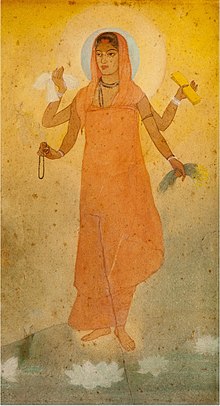
The Bengal School had a profound impact on the Indian art scene and inspired subsequent generations of artists. It paved the way for the development of modern Indian art and played a crucial role in the formation of a distinct Indian art identity, breaking away from the dominant Western art styles of the time.
The Bengal School of Art was unique and significant for several reasons:
Promotion of Indian Identity
The Bengal School was one of the first art movements in India that actively sought to create an indigenous and nationalistic art identity. The artists aimed to break away from Western academic art and draw inspiration from India’s rich cultural and artistic heritage. By incorporating themes from Indian epics, mythology, and history, they portrayed a distinct Indian identity in their works.
Revival of Traditional Techniques
The artists of the Bengal School played a crucial role in reviving and preserving traditional Indian art techniques that were in danger of being lost or forgotten. They experimented with techniques like tempera painting and the use of natural dyes, which were inspired by ancient Indian art practices.
Blending Modern and Traditional
The Bengal School successfully blended traditional Indian artistic elements with modern art concepts. They incorporated elements from Mughal and Rajput miniature paintings as well as Ajanta cave frescoes into their works but adapted them to suit a more modern artistic context.
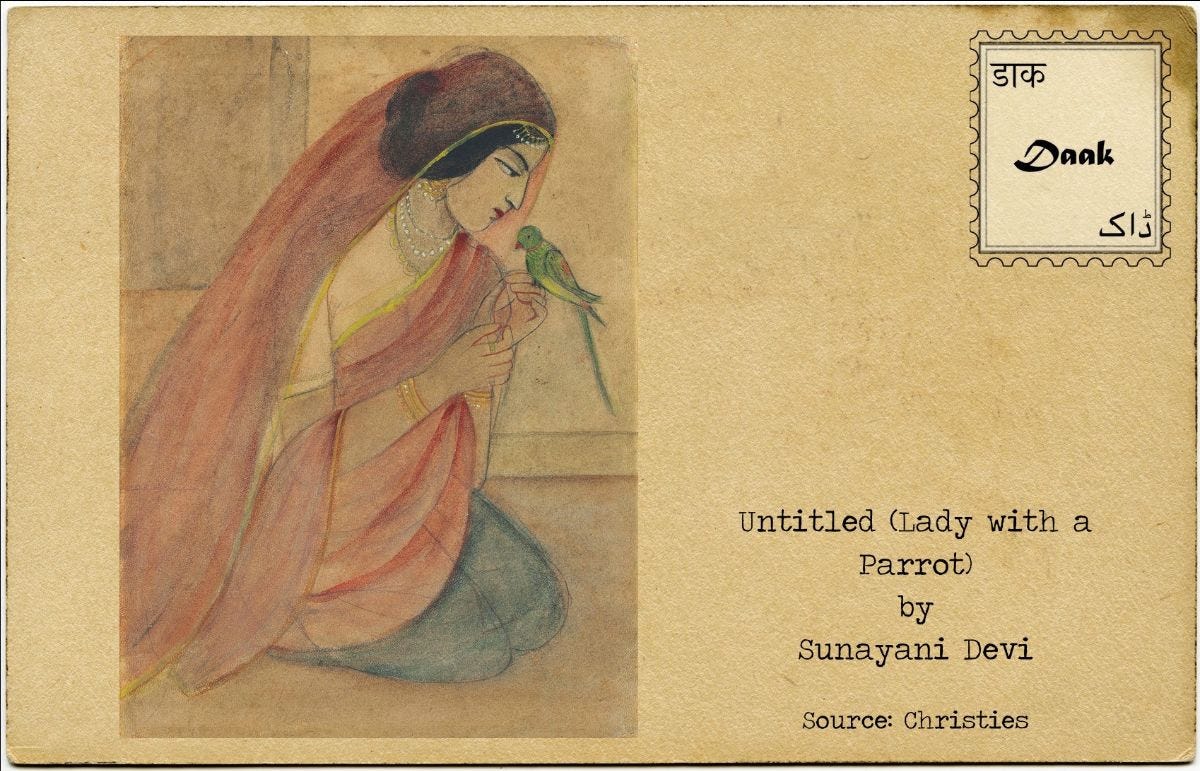
Nationalistic Sentiment
The Bengal School artists’ works were not just about creating aesthetically pleasing art but were driven by a deeper purpose. They believed that their art could contribute to the Indian nationalist movement by instilling a sense of pride in Indian culture, heritage, and history.
Influence on Modern Indian Art
The Bengal School’s impact on the Indian art scene was profound and long-lasting. It laid the foundation for the development of modern Indian art and inspired subsequent generations of artists to explore and express their own Indian identities through art.

Art as a Tool for Social Change
The artists of the Bengal School considered art as a means to bring about social and cultural change. They viewed their artistic endeavors as a way to break free from colonial influences and assert India’s cultural independence.
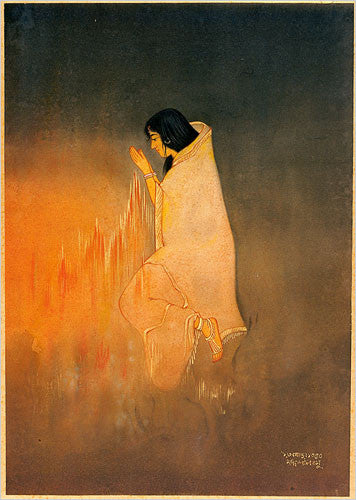
Stylized and Symbolic Art
The Bengal School artists developed a unique style characterized by stylized, simplified forms and flat perspectives. Their art often conveyed symbolism and deeper meanings through visual representation.
Overall, the Bengal School of Art was unique in its mission to establish an authentic Indian art movement during a time when Western influences were dominant. Its emphasis on nationalistic themes, revival of traditional techniques, and blending of modern and traditional elements set it apart and made it a seminal movement in the history of Indian art.
During the time of the Bengal School of Art, there were some contemporary art movements that coexisted with or emerged in response to the Bengal Renaissance. These movements represented diverse approaches to art and aesthetics and contributed to the overall development of modern Indian art. Some of the notable contemporary art movements of Bengal Art during that period include:
Santiniketan School
The Santiniketan School was an art movement closely associated with Rabindranath Tagore’s vision of education and creativity. Established in Santiniketan, a rural town in Bengal, this school encouraged a holistic approach to education and art, emphasizing the integration of art with nature and everyday life. Artists like Nandalal Bose, Ramkinkar Baij, and Benode Behari Mukherjee were associated with the Santiniketan School, and they contributed significantly to the development of modern Indian art.

Calcutta Group
The Calcutta Group was formed in 1943 as a collective of artists seeking to promote modern art and break away from the Bengal School’s influence. The group aimed to explore new artistic styles and techniques, emphasising individual expression and experimentation. Key members included Pradosh Dasgupta, Gopal Ghose, and Paritosh Sen.
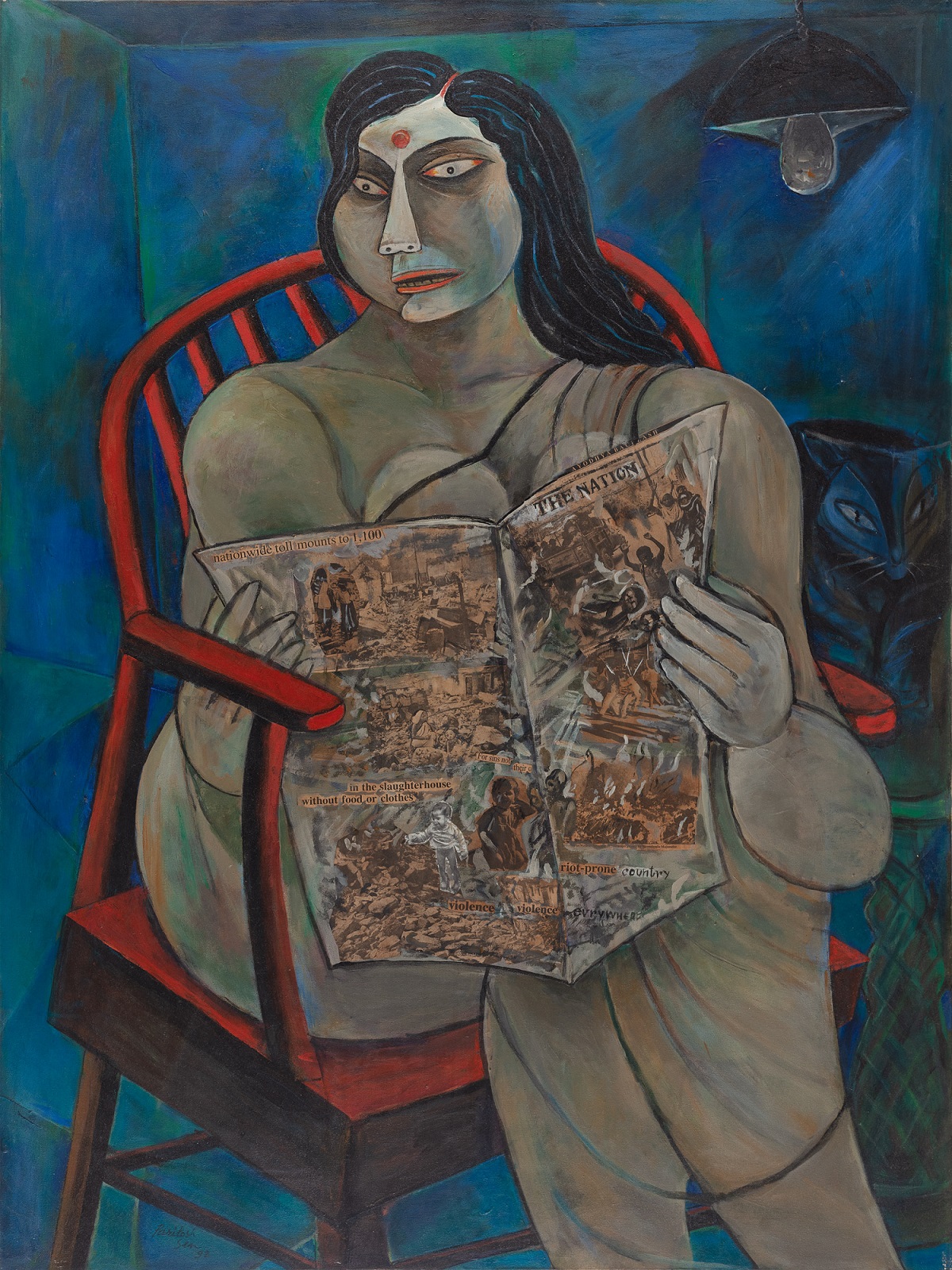
Society of Contemporary Artists
Established in 1947, the Society of Contemporary Artists was a platform for artists to showcase their modern and experimental artworks. The society provided an opportunity for artists to engage with contemporary artistic trends and share their creative ideas.
Progressive Artists’ Group
Though primarily based in Mumbai, the Progressive Artists’ Group had significant connections with Bengal. It was formed in 1947 by a group of artists, including F.N. Souza, M.F. Husain, S.H. Raza, and others. While not directly part of the Bengal School, this group played a crucial role in shaping the modern art movement in India, and its members had connections and interactions with artists from Bengal.
These contemporary art movements of Bengal Art, along with the Bengal School, collectively contributed to the blossoming of modern Indian art. They diversified the artistic landscape, encouraged experimentation, and laid the groundwork for the emergence of various regional art movements across India. Each movement brought its unique perspective, and together they enriched the cultural tapestry of Indian art during the 20th century.
The Bengal School of Art had several distinct features that set it apart from the other contemporary art movements mentioned above:
Emphasis on Nationalism and Indigenism
The Bengal School was deeply rooted in a sense of nationalism and sought to promote an indigenous identity in Indian art. It drew inspiration from India’s rich cultural and artistic heritage, emphasizing themes from Indian epics, mythology, and history. The other movements, while significant in their own right, did not place as much emphasis on nationalism and often explored more diverse themes and influences.
Revival of Traditional Techniques
The Bengal School artists were keen on reviving and preserving traditional Indian art techniques that were on the verge of being lost. They experimented with techniques like tempera painting and natural dyes, inspired by ancient Indian art practices. In contrast, some of the other contemporary movements, like the Calcutta Group and the Society of Contemporary Artists, were more focused on modern and experimental techniques without necessarily emphasising traditional practices.
Influence of Rabindranath Tagore
The Bengal School was closely associated with the influential poet and polymath Rabindranath Tagore, who not only supported the movement but also actively participated in it. His vision of art and education at Santiniketan influenced the artistic direction of the school and its artists. In contrast, the other movements did not have such a prominent guiding figure at their core.
Stylized and Symbolic Art
The Bengal School developed a unique style characterized by stylized, simplified forms and flat perspectives. The artists often conveyed deeper meanings and symbolism through their art. The Calcutta Group and the Society of Contemporary Artists, on the other hand, were more inclined towards individual expression and experimentation, resulting in a broader range of artistic styles.
Art as Social and Cultural Resistance
The artists of the Bengal School viewed their art as a form of cultural resistance against colonial influences. They believed that through their art, they could contribute to the Indian nationalist movement and instill a sense of pride in Indian culture and heritage. While some members of the Calcutta Group and the Progressive Artists’ Group were politically engaged in their own ways, their motivations were not as explicitly tied to nationalism and cultural revival as the Bengal School.
In summary, the Bengal School of Art distinguished itself through its strong emphasis on nationalism, its revival of traditional Indian techniques, and its connection to the visionary figure of Rabindranath Tagore. It played a pivotal role in shaping modern Indian art and promoting a distinct Indian artistic identity during a time of significant social and political change.
The Artistic Tagores and Their Global Phenomenon: Rabindranath, Abanindranath and Gaganendranath

Contributor

